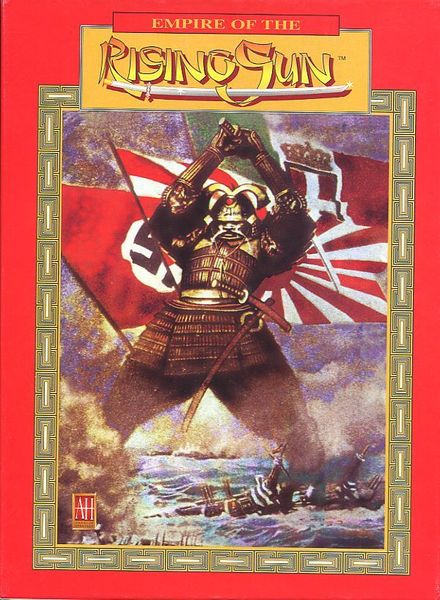Empire of the Rising Sun (1995) Board Game
Empire of the Rising Sun is a board game released in 1995, designed by Charles Kibler. It is a wargame set during World War II, focusing on the conflict in the Pacific between the United States and Japan. The game allows 2-6 players to take on the roles of various military leaders and strategize their way to victory.
Game Components of Empire of the Rising Sun
How To Setup Empire of the Rising Sun
Setting up *Empire of the Rising Sun* involves placing the maps, distributing the counters according to the chosen scenario, and initializing the resource tracks. Players must also determine the starting positions of naval and air forces, as well as the initial control of key territories. The setup process is intricate, requiring careful attention to the rules to ensure a balanced start.
Gameplay Mechanics and Game Objective
Player Experience
Playing *Empire of the Rising Sun* is a deeply immersive experience, requiring strategic planning and adaptability. Players must manage resources, make tactical decisions, and balance short-term needs with long-term strategies. The game’s complexity and depth make it appealing to fans of historical war games and those interested in the Pacific Theatre of World War II.
Pros
Cons
Personal Thoughts on Empire of the Rising Sun
*Empire of the Rising Sun* is ideal for enthusiasts of World War II history and strategic board games. Its complexity and historical depth make it a rewarding experience for those willing to invest the time and effort to learn its intricacies. However, it may not be the best fit for casual gamers or those new to war simulation games due to its steep learning curve. For those who enjoy a challenge and are fascinated by the strategic nuances of the Pacific War, *Empire of the Rising Sun* is a gem in the world of board gaming.
We are supported by our audience. When you purchase through links on our site, we may earn an affiliate commission, at no extra cost for you. Learn more.

